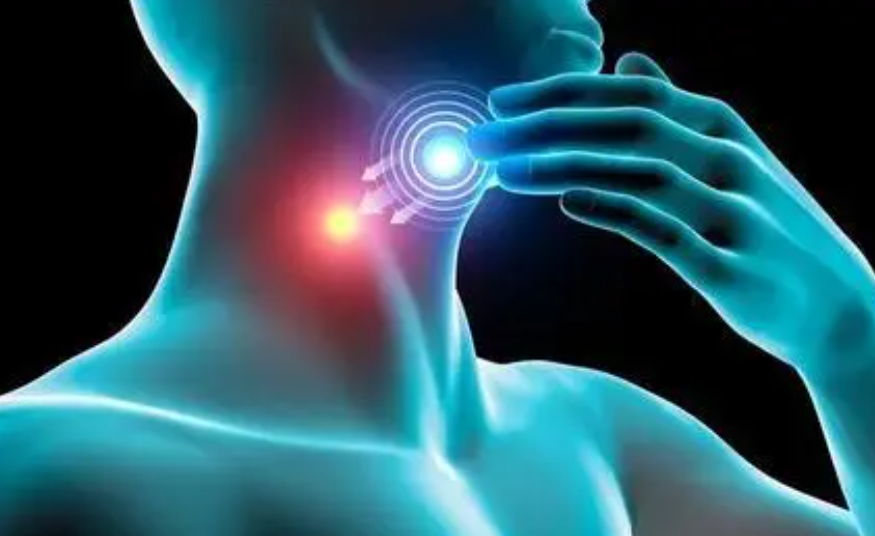
Drooling is often seen as a normal physiological phenomenon in childhood, but sometimes a child's drooling suddenly increases, which may be a serious problem! If the child usually saliva is not much, but suddenly a lot of drooling, coupled with the state is not very good, then parents must pay attention to, to go to the hospital as soon as possible.
Because, the acute occurrence of drooling may be the need for immediate treatment of oropharyngeal acute inflammation, such as acute stomatitis, tonsillitis, angina, pharyngitis and so on.
Infants and young children have low immunity, the larynx is funnel shaped, the laryngeal cavity is narrow, the glottis is narrow, the cartilage is soft, the mucosa is tender and rich in blood vessels and lymphatic tissue, due to the anatomical and immune characteristics of these respiratory tract, mild inflammation can cause hoarseness and dyspnea, throat inflammation is easy to congestion, edema and laryngeal obstruction.
Many acute diseases, the onset process is fierce and rapid, young children will not accurately express the condition. At this moment, the key for parents is to find the child's abnormality in time and make a quick and appropriate response; The key for the doctor is to detect the danger the child faces in time and make an accurate diagnosis.
How is acute laryngitis diagnosed?
The onset of acute laryngitis is acute and the symptoms are severe, and the clinical manifestations are characterized by barking cough, hoarseness, laryngeal ringing, and inspiratory dyspnea. It may be accompanied by fever, inspiratory laryngeal ringing, and three depression signs. In severe cases, dyspnea, cyanosis, sudden increase of drooling, dysphagia, irritability, and pallor may occur.
When the above clinical manifestations occur, it is necessary to immediately think of the disease of acute laryngitis, and then further evaluate the severity of lower laryngeal obstruction according to the severity of inspiratory dyspnea in the child.
Acute laryngitis Laryngeal obstruction is divided into four degrees:
Grade I:
The child developed inspiratory laryngeal ringing and dyspnea after the activity, and there was no change in pulmonary respiration sound and heart rate.
Degree II:
the child also has laryngeal ringing and inspiratory dyspnea when quiet, and the lung auscultation can hear laryngeal conduction sound or tubular breathing sound, and the heart rate is accelerated.
Grade III:
In addition to the above laryngeal obstruction symptoms, the child appeared agitated due to hypoxia, cyanosis of the mouth and fingers, eyes wide open, panic, sweating of the head and face, significantly reduced lung breathing sound, rapid heart rate, low and dull heart sound.
Iv degree:
the child gradually collapsed, lethargic state, due to the inability to breathe, the three concave signs are not obvious, pale and gray, the lung auscultation breathing sound almost disappeared, only tracheal conduction sound, arrhythmia, heart sound dull and weak.
How to treat acute laryngitis?
The first task is to keep the child's respiratory tract unobstructed as soon as possible, according to the severity of the disease, oral prednisone, muscle, or intravenous dexamethasone, or hydrocortisone; At the same time, 1% ~ 3% ephedrine and glucocorticoid ultrasonically atomized inhalation can be used for severe nasal congestion to promote mucosal edema regression.
The second is to control infection, timely intravenous infusion of sufficient amount of antibiotics, generally given penicillin, macrolides or cephalosporins, serious cases to be given more than two antibiotics.
At the same time, symptomatic treatment such as oxygen inhalation was given.
Active treatment should avoid tracheotomy as far as possible, but tracheotomy should be performed in time for those who still have signs of severe hypoxia or laryngeal obstruction above degree III after standardized treatment.

